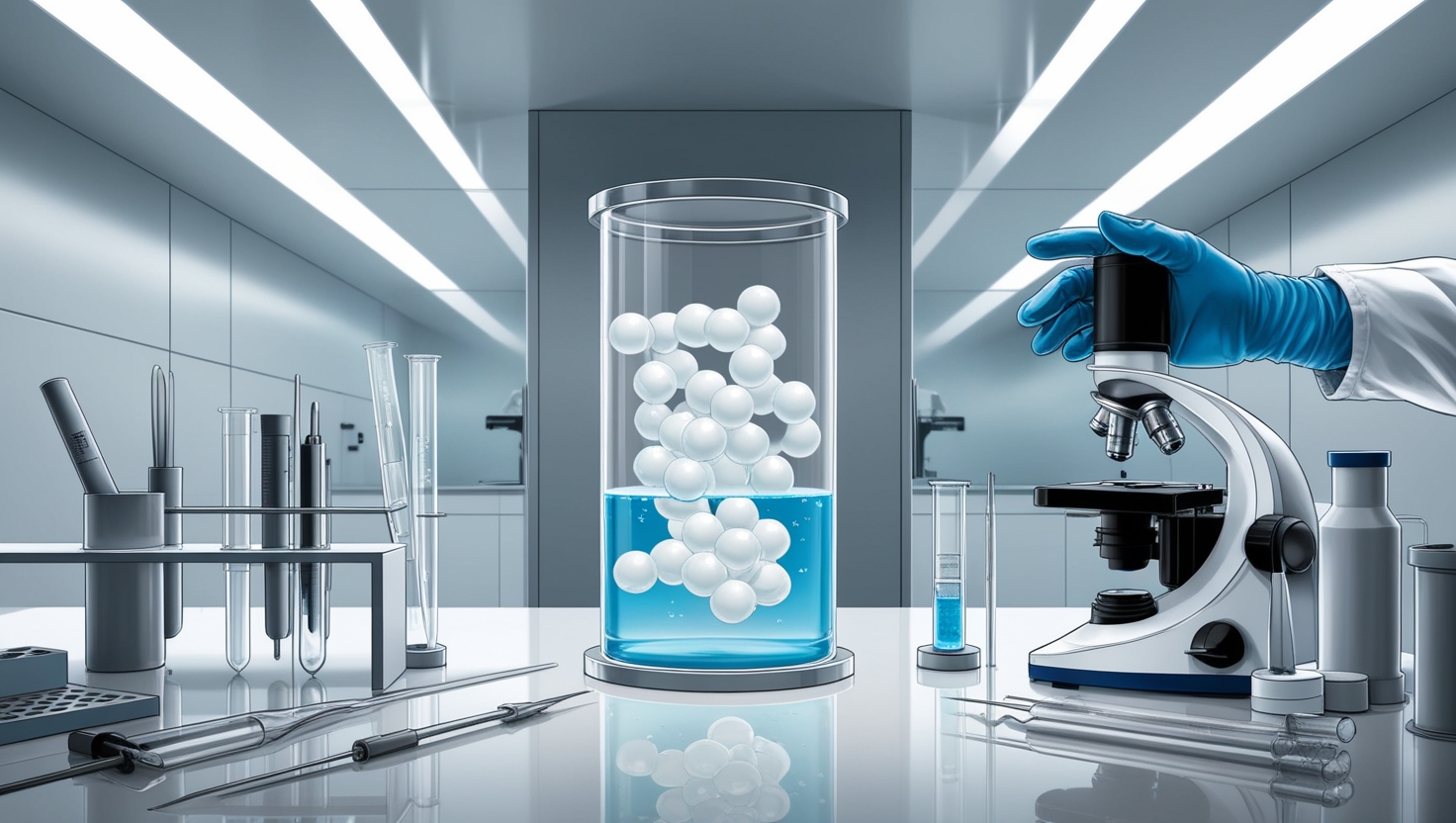In the realm of biopharmaceutical development, Protein A antibody purification has emerged as a cornerstone technique for isolating monoclonal antibodies from complex biological mixtures. As the demand for high-purity antibodies continues to grow, optimizing purification throughput becomes crucial. In this blog, we will delve into the factors influencing Protein A antibody purification throughput, the methodologies employed to enhance efficiency, and the implications for research and clinical applications.
Understanding Protein A and Its Role in Antibody Purification
Protein A is a bacterial protein derived from Staphylococcus aureus, known for its remarkable affinity for the Fc region of antibodies. This property makes it an invaluable tool in the biomanufacturing process for isolating and purifying antibodies. The process typically involves binding the antibody-containing solution to a Protein A affinity resin, washing away impurities, and eluting the bound antibodies.
The Importance of Throughput in Protein A Purification
Throughput refers to the quantity of material processed in a given time frame. For Protein A antibody purification, higher throughput translates to increased efficiency and reduced costs in the production of therapeutic antibodies. In a competitive market, biopharmaceutical companies must maximize throughput to meet demand without compromising quality.
Factors Influencing Protein A Antibody Purification Throughput
Several factors can significantly impact the throughput of Protein A antibody purification:
1. Column Design and Size
The design and size of the purification column play a crucial role in determining throughput. Larger columns with higher binding capacities can process more material simultaneously. The choice between a packed bed or a monolith column also affects flow rates and mass transfer efficiencies. It’s essential to select a column that aligns with the specific scale and needs of your purification process. For more details on this, check over here.
2. Flow Rate Optimization
Flow rates directly influence the interaction time between the antibody and the Protein A resin. A higher flow rate can reduce the overall processing time but may lead to decreased binding efficiency. Conversely, a slower flow rate can enhance binding but extend the purification duration. Therefore, finding the optimal flow rate is essential for maximizing Protein A antibody purification throughput without compromising yield. To learn more about flow rate strategies, click here now.
3. Buffer Composition and Conditions
The composition of the binding and elution buffers can also impact throughput. The pH, ionic strength, and temperature of the buffers must be optimized to maintain the stability and activity of the antibodies during purification. Utilizing high-performance buffers can lead to improved binding capacities and elution profiles, thus enhancing overall throughput in Protein A antibody purification processes. To elevate your research, consider experimenting with different buffer compositions.
4. Resin Selection
Not all Protein A resins are created equal. Different resins have varying affinities and binding capacities for antibodies. Selecting the right resin tailored to the specific antibody can result in higher throughput. Additionally, resins with superior mass transfer properties can enhance the kinetics of the purification process. Therefore, it is critical to evaluate resin options carefully.
5. Automation and Process Control
Incorporating automation in the Protein A antibody purification process can dramatically improve throughput. Automated systems can control flow rates, monitor pressure, and manage buffer exchanges, ensuring consistent and reproducible results. By reducing human error and increasing process speed, automation enables laboratories to process larger batches in less time. If you’re looking to improve your lab efficiency, go right here to explore automation solutions.
Methodologies to Enhance Throughput
To further enhance throughput in Protein A antibody purification, several methodologies can be employed:
1. Precipitation Techniques
Incorporating precipitation techniques as a preliminary step can reduce the burden on Protein A purification. By removing a significant portion of impurities through precipitation, the subsequent affinity chromatography step can focus on capturing antibodies, thereby increasing throughput.
2. Continuous Flow Systems
Continuous flow systems, such as those utilizing membrane chromatography, allow for the uninterrupted processing of large volumes of sample. These systems can significantly enhance throughput by maintaining a constant feed and reducing downtime associated with traditional batch processes.
3. Parallel Processing
Utilizing multiple columns in parallel can also boost throughput. This approach enables the simultaneous processing of multiple samples, effectively increasing the overall capacity of the purification operation. By adopting parallel processing techniques, laboratories can scale up production without compromising on the quality of Protein A antibody purification.
Implications for Research and Clinical Applications
Enhancing throughput in Protein A antibody purification has far-reaching implications for both research and clinical applications. With improved purification efficiency, researchers can obtain high-purity antibodies more quickly, accelerating the development of novel therapeutics. Additionally, faster purification processes can lead to reduced production costs, ultimately benefiting patients through more affordable treatments.
In the clinical landscape, the timely production of therapeutic antibodies is crucial. As biopharmaceutical companies strive to meet the growing demand for monoclonal antibodies, optimizing purification throughput becomes a pivotal focus. Streamlined processes not only enhance patient access to critical therapies but also allow companies to remain competitive in a rapidly evolving market.
Conclusion
In conclusion, analyzing and optimizing Protein A antibody purification throughput is vital for advancing biopharmaceutical production. By understanding the factors influencing throughput, such as column design, flow rate optimization, buffer composition, resin selection, and automation, laboratories can enhance their purification processes. The implementation of innovative methodologies, including precipitation techniques, continuous flow systems, and parallel processing, further contributes to improved throughput.
Elevating your research and clinical capabilities relies on refining these purification processes. The ongoing advancements in technology and methodologies will undoubtedly play a significant role in shaping the future of Protein A antibody purification. As the demand for high-purity antibodies continues to rise, the focus on throughput optimization will be essential for successful biomanufacturing and the delivery of life-saving therapies.
For more information on optimizing your antibody purification processes, get more information on the latest techniques and advancements in the field. With a commitment to innovation and quality, the journey toward enhancing Protein A antibody purification throughput is well underway
